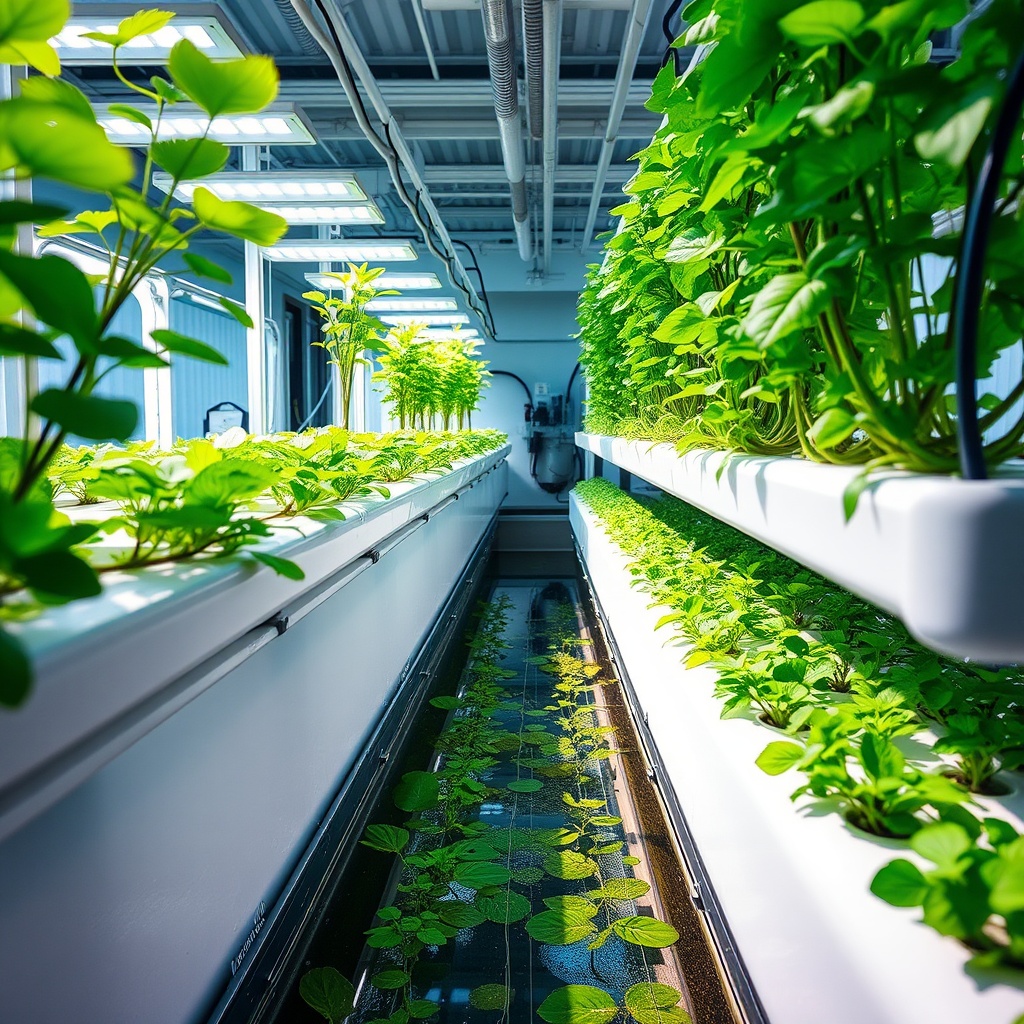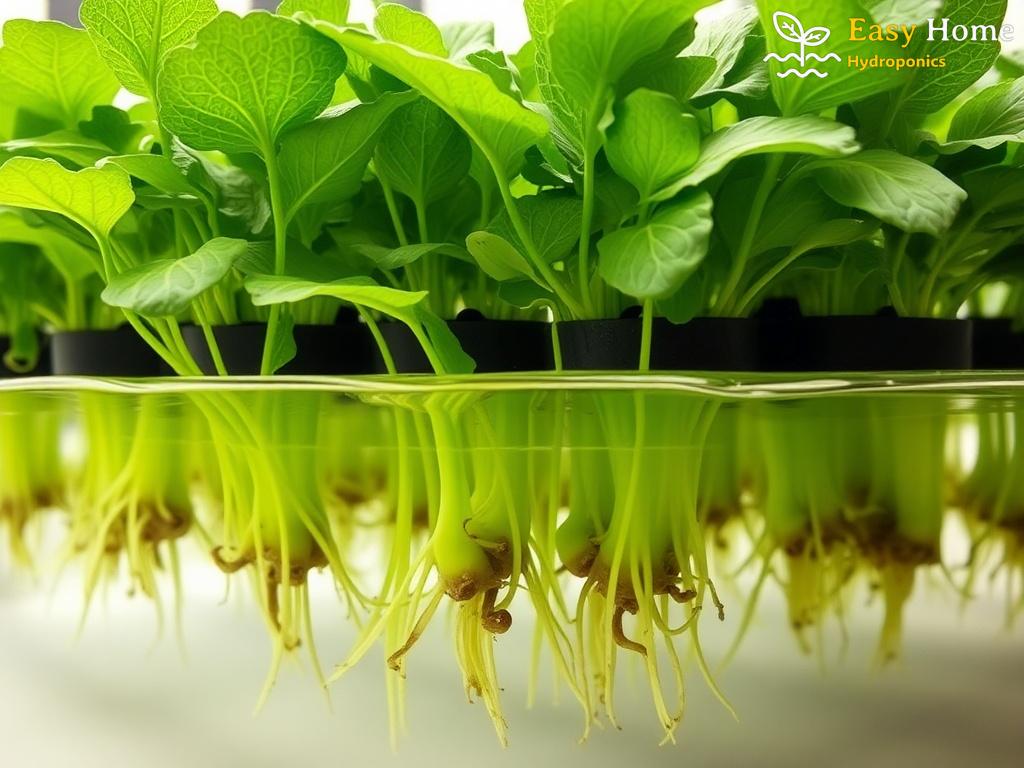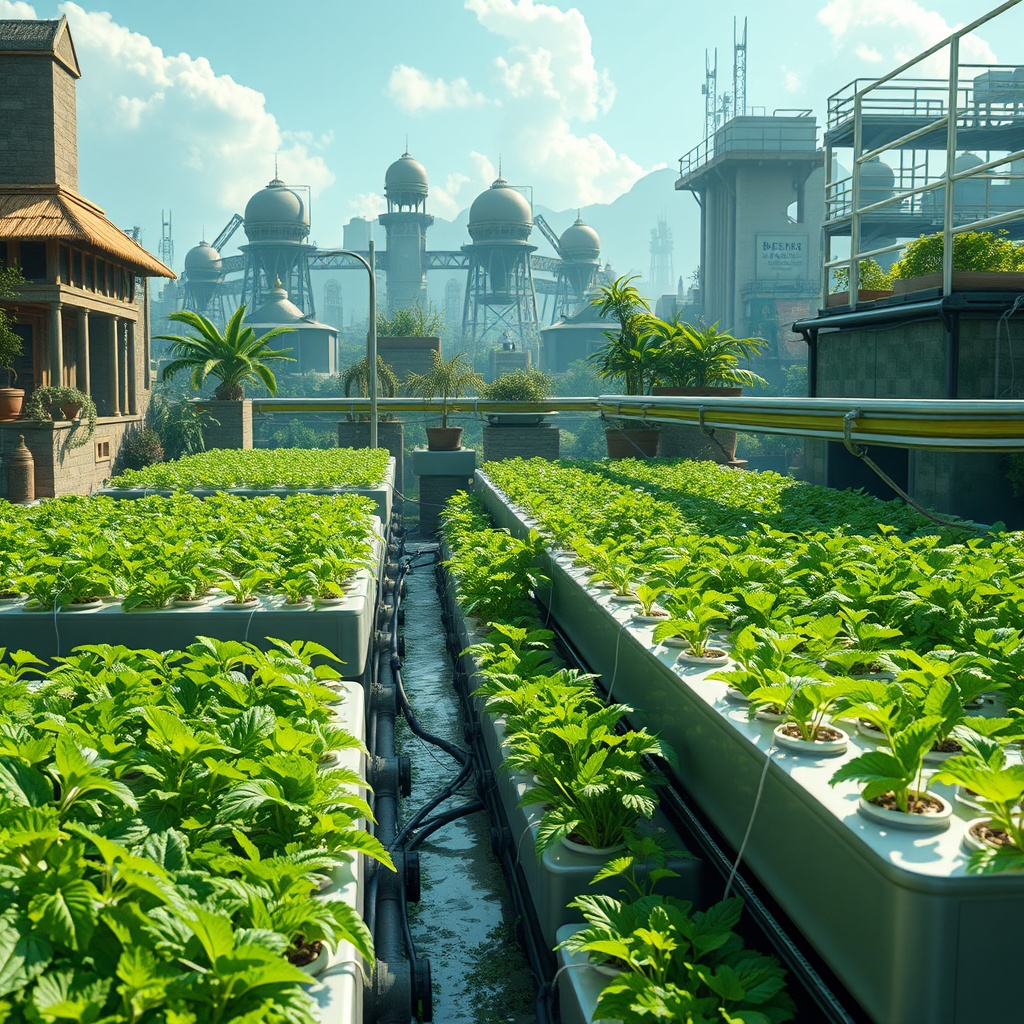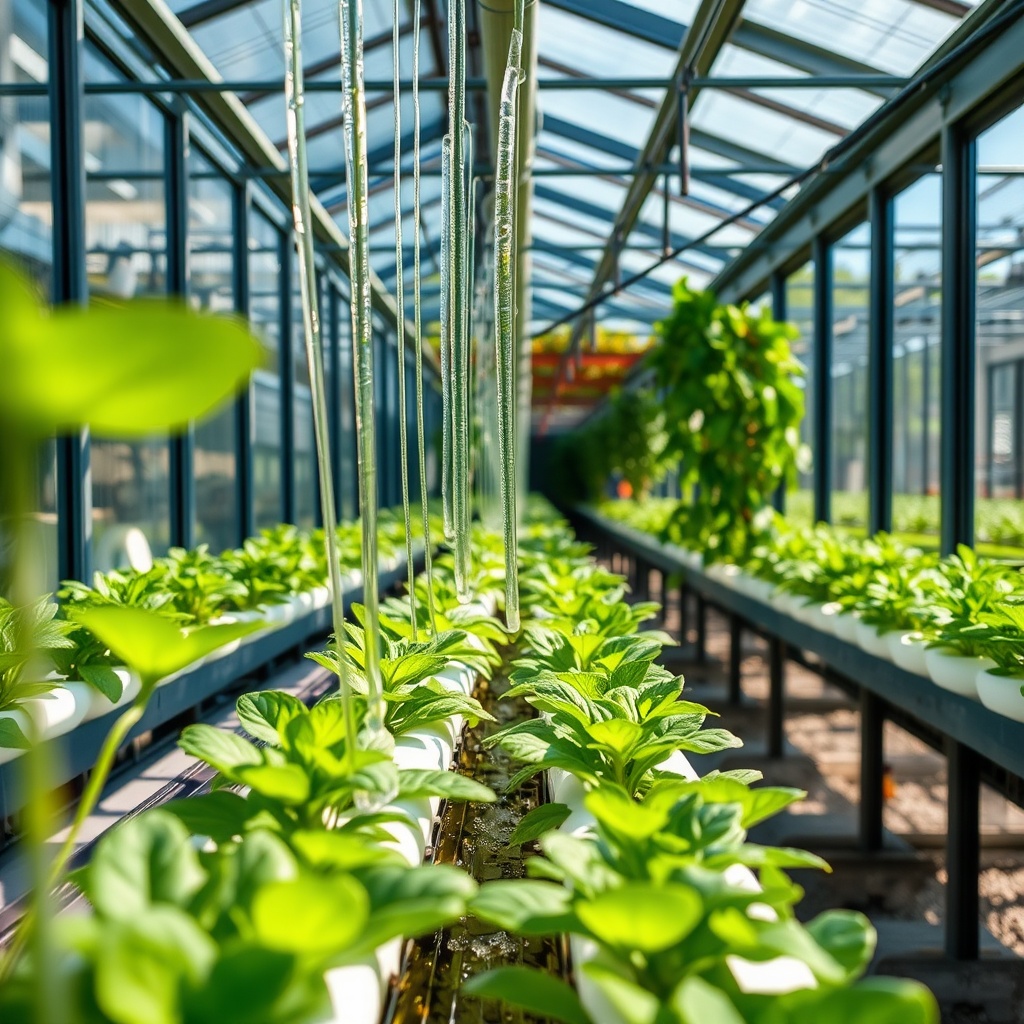Understanding the Algae Threat
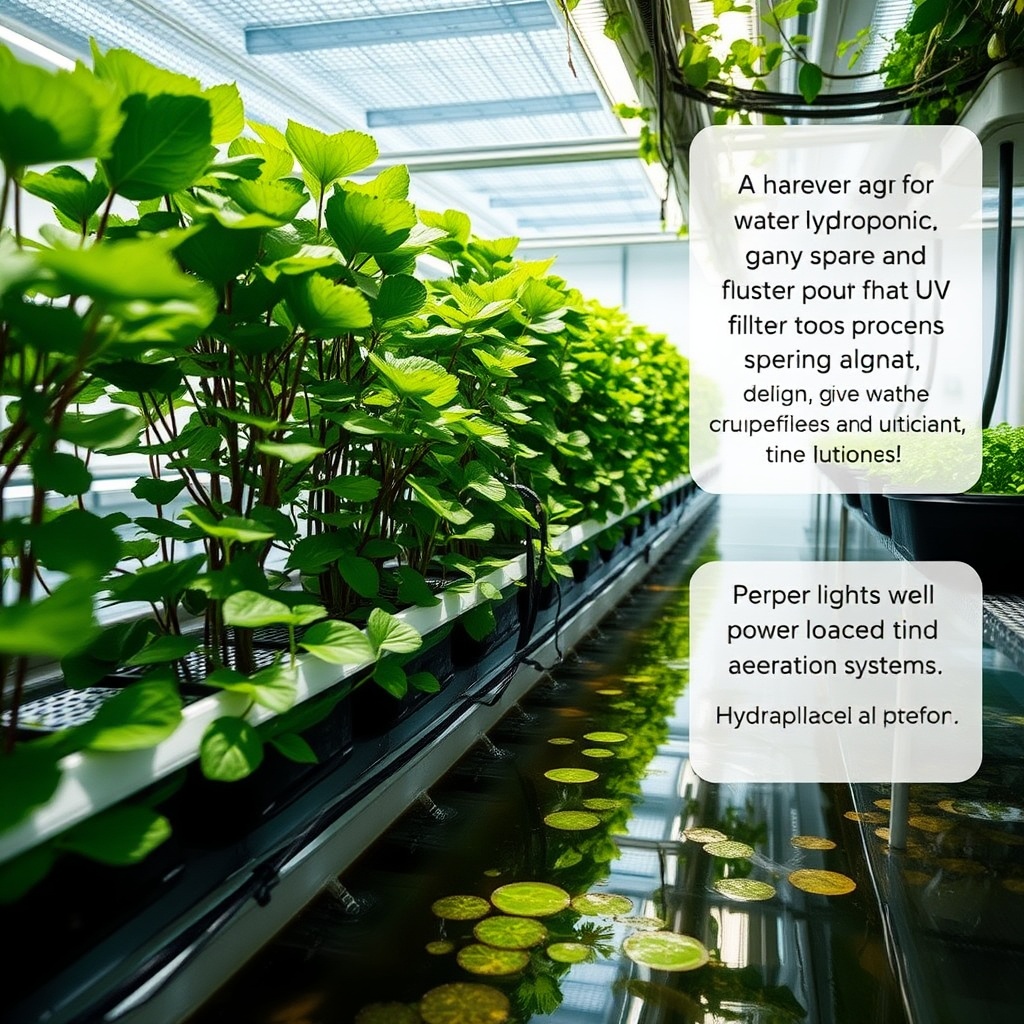
Algae may seem harmless, but in hydroponic systems, they can wreak havoc on your plants and overall yield. These tiny organisms thrive in moist environments and can quickly take over if not properly managed. Knowing how to keep algae at bay is crucial for any hydroponic grower looking to maintain a healthy ecosystem.
Essential Preventive Measures
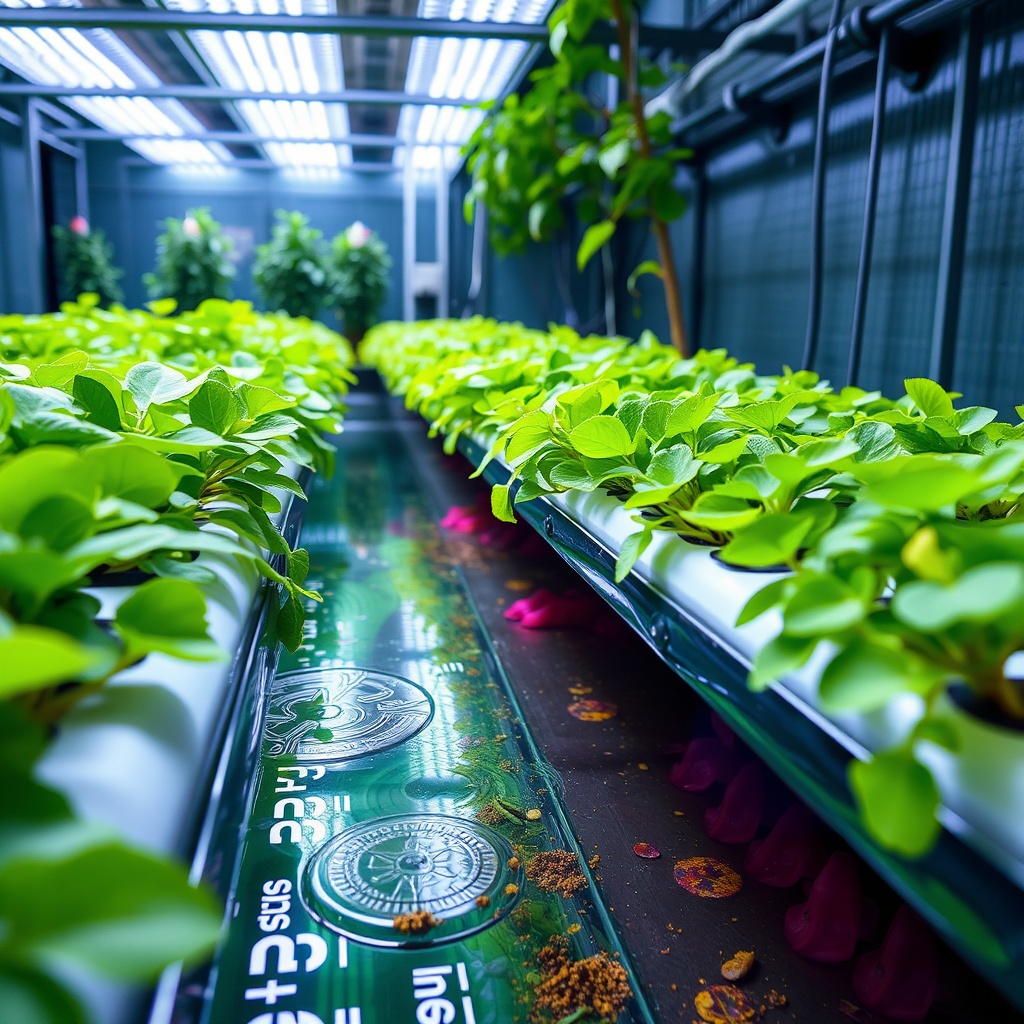
Taking proactive steps is the best way to prevent algae growth. Below are some effective strategies that can help you maintain an algae-free hydroponic system:
- Maintain Optimal Light Levels: Algae thrive in light; therefore, controlling light exposure is vital. Use shaded covers or limit light duration to reduce algae proliferation.
- Control Nutrient Levels: Excess nutrients, especially nitrogen, can encourage algae growth. Regularly test your nutrient solution and adjust as necessary.
- Regular Cleaning: Keeping your system clean is non-negotiable. Regularly sanitize your equipment and reservoirs to eliminate any algae spores before they can establish themselves.
- Use Algae-Resistant Materials: When setting up your hydroponic system, choose materials that are less prone to algae growth. For example, avoid using clear plastics that allow light penetration.
Monitoring and Adjusting Your System
Even with preventive measures in place, monitoring your system is essential. Regular checks can help you catch any early signs of algae before they become a significant problem. Here are some steps to keep your hydroponic system in check:
- Frequent Water Testing: Test your water regularly for pH and nutrient levels. An unbalanced solution can create an inviting environment for algae.
- Observe Plant Health: Healthy plants are less susceptible to algae. If you notice signs of stress or disease, reassess your system’s conditions.
- Implement Biological Controls: Consider introducing beneficial bacteria or enzymes that can outcompete algae for nutrients and space.
By taking a proactive approach and integrating these strategies into your hydroponic system, you can significantly reduce the risk of algae growth, ensuring a flourishing and productive garden.

